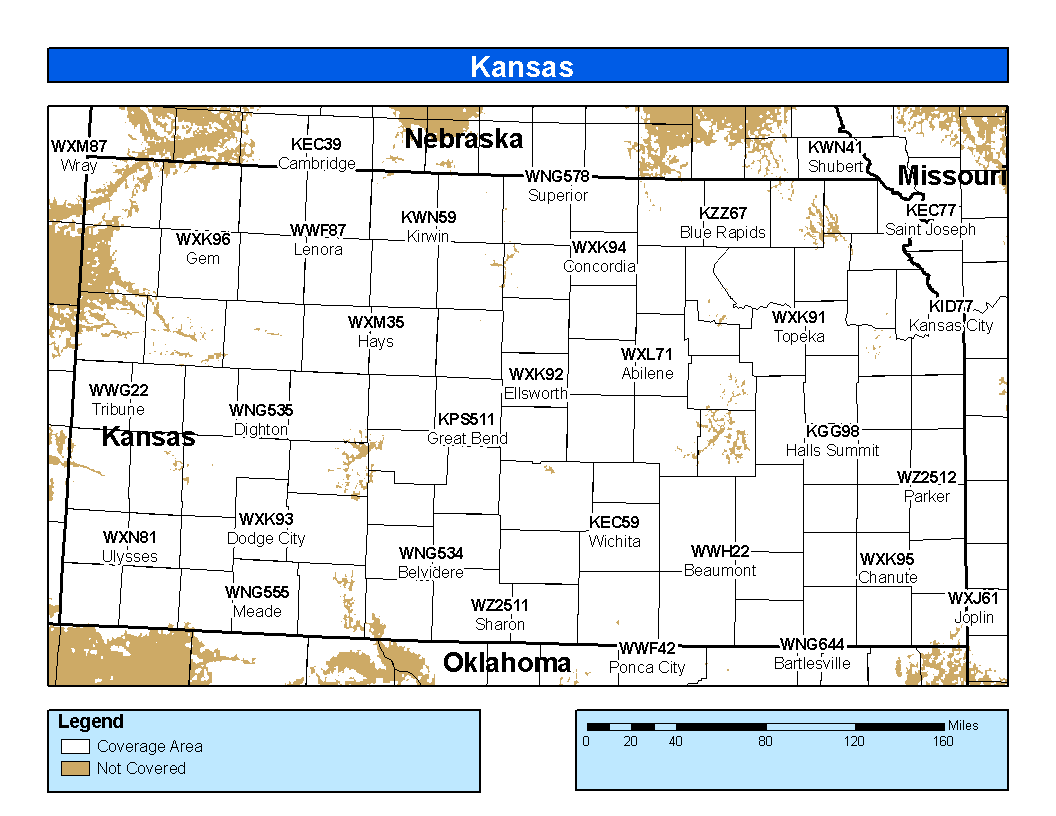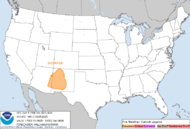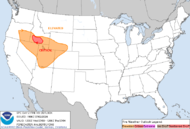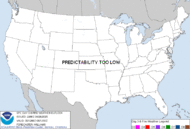
A rapidly-intensifying winter storm continues to bring heavy snow, high winds, and blizzard conditions over the Upper Midwest and Great Lakes through today. An Arctic front will lead in a period of gusty to high winds and sharply colder temperatures over the entire eastern U.S. Heavy lake effect snow is then expected from Lakes Erie and Ontario through New Year's Day. Read More >
High/Low Temperatures, Precipitation, Snowfall, Snowdepth maps
Questions or comments may be directed to the webmaster
Latest Text Products
| Aviation Products | |
| Terminal Forecast: Dodge City KS | |
| Terminal Forecast: Garden City KS | |
| Terminal Forecast: Hays KS | |
| Transcribed Weather Broadcast (ICT-GCK) | |
| Transcribed Weather Broadcast (GCK-GLD) | |
| Fire Weather | |
| Fire Weather Forecast | |
| Fire Weather Spot Forecast | |
| Fire Weather Watch/Red Flag Warning | |
| Forecast | |
| Area Forecast Discussion | |
| Coded Cities Forecast | |
| Point Forecast Matrix | |
| Regional Weather Summary | |
| Short Term Forecast | |
| Zone Forecast Product | |
| Miscellaneous | |
| Civil Emergency Message | |
| Earthquake Report | |
| Public Information Statement | |
| Radar Status Message | |
| Record Event Report | |
|
|
|
|
|
|
|
|
|
|
|
|
|
|
|
|
|
|
|
|
Preparedness and Safety Resources
Several .pdf files - Download Adobe Reader
In times of hazardous events and disasters, too often people are not prepared resulting in an even larger disaster. There are some steps you can take to be better prepared in case a hazardous event or disaster occurs in your region. Take the time to visit some of the following resources and get you and your family ready for the next major storm. The FEMA "Are You Ready" book is a comprehensive guide on being prepared. You can order your own copy by calling 1-800-480-2520 and selecting option 1.
Preparedness:
Winter Storms:
Severe Thunderstorms:
Lightning:
Extreme Heat:
Extreme Cold:
Flooding and Flash Flooding:
Drought:
Ultraviolet Radiation:
Resources for Children:
Other Resources:
NOAA WEATHER RADIO
“The Voice of the National Weather Service”
NOAA Weather Radio is the fastest and most reliable way to receive severe weather watches, warnings and advisories. Weather Radio is broadcast direct from each National Weather Service office serving
The All Hazards feature of the radio means that critical information such as evacuations, chemical spills, nuclear releases, toxic fumes etc from local county emergency management, law enforcement and others will be relayed on NOAA Weather Radio. In 2004, NOAA Weather Radio began relaying AMBER Alerts, a child abduction recovery program, issued by the Kansas Bureau of Investigation.
The main NOAA Weather Radio page can be found here.
The map below shows the latest NOAA Weather Radio coverage in

Training and Safety Information
These links are courtesy of the National Weather Service Office in Norman, OK.
National Products
|
NWS Spot Forecasts: Click here to view current/recent spot forecasts or to request a new one
Wildland Fire Assessment System
United States Fish and Wildlife Service (Fire Management Page)
United States Forest Service
Storm Prediction Center Fire Weather Page
Quivira National Wildlife Refuge
Rocky Mountain Area Annual Operating Plan
Dodge City Weather Activity Planner
SPC Day 1 Fire Outlook |
SPC Day 2 Fire Outlook |
SPC Experimental Day 3-8 Outlook |
Printer Friendly Version of Fire Weather Outlooks Map and Discussion
Please note: these products are issued by the NWS Storm Prediction Center and are not updated routinely.
Today's Weather Trivia
Today's Date is Monday December 29, 2025...\n ON... Dec 29, 1830 A very heavy snowstorm ushered in the "winter of the deep snow". The storm produced 30 inches of snow at Peoria IL and 36 inches at Kansas City MO. Cold and snow continued until the middle of February causing great suffering among pioneers. IN 2006...A major winter storm crippled much of southwest Kansas from December 29th to December 31st. Widespread total precipitation from this storm ranged from 2 to 4 inches of rain and freezing rain and there was even an area from Garden City to Dighton that had up to six inches. This is incredible for any time of the year, let alone for December. Significant, widespread damage to trees and especially utility lines, poles, and towers resulted from one half to two and a half inches of ice accumulation. An area from Sublette to Garden City, north through Dighton had the most severe damage. Over 60 thousand people were without electricity at one time or another from the nearly 10 thousand power poles that were taken down from the weight of the ice. Some of these structures were high transmission towers. In addition to the ice accumulation, large snow amounts were reported in the western part of the area, especially near the Colorado state line. Amounts of at least 10 inches were measured from Hamilton county to Morton county. A location 15 miles west of Johnson had 32 inches of snow.
| JAN | FEB | MAR | APR | MAY | JUN |
| JUL | AUG | SEP | OCT | NOV | DEC |
|
OTHER USEFUL LINKS
 Chart #1: Surface-based Moisture Convergence, Warm Theta Advection, Theta-E |
Mouseover links to view previous hours
|
 Chart #2: Surface-based CAPE, Low Level Lapse Rate (0-2.5km AGL) |
See anything missing? Let us know and we might add it.
Please e-mail our webmaster for questions or comments
City |
Goodland | Hastings | Topeka | Wichita | Amarillo | Pueblo |
National Centers
| SPC | WPC | Fire | Aviation |
|
Chaser Weather! Latest Text Products Model Data Still can't find what your looking for? Feel free to email our webmaster who will redirect you to the page you are looking for! |